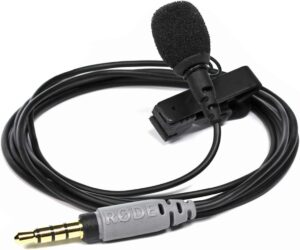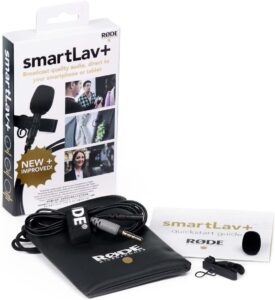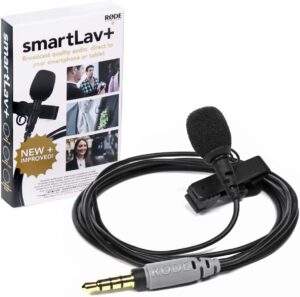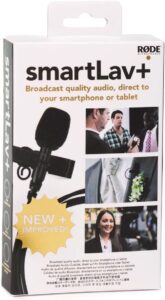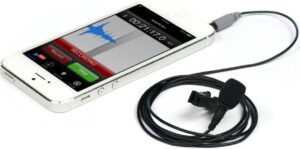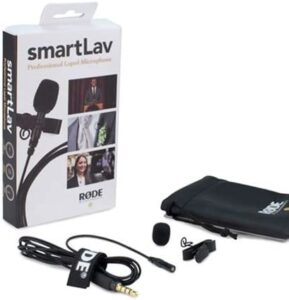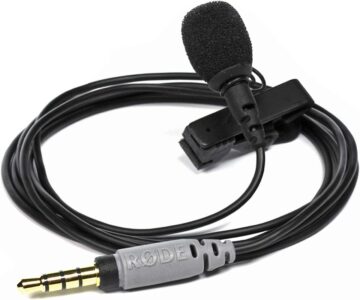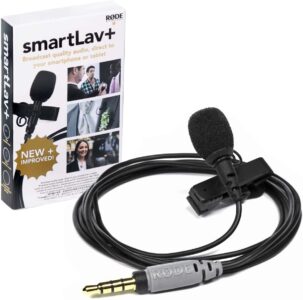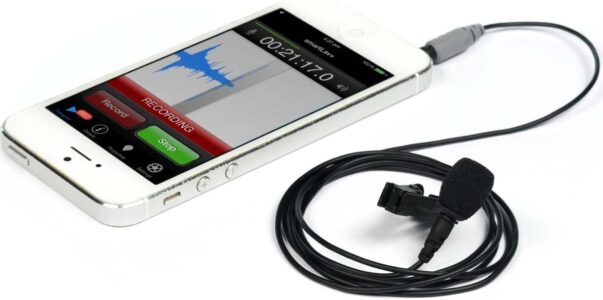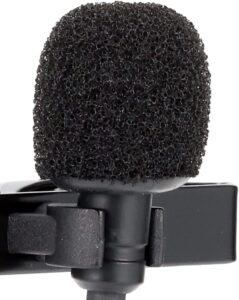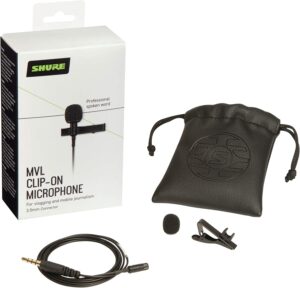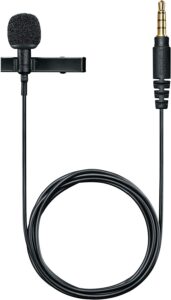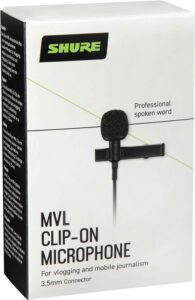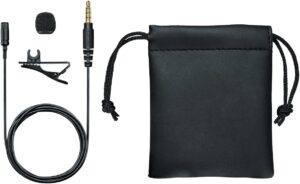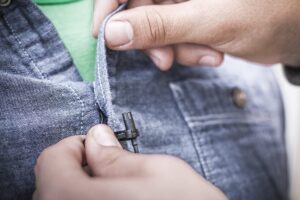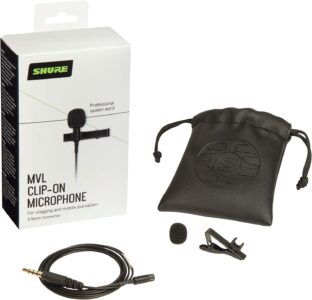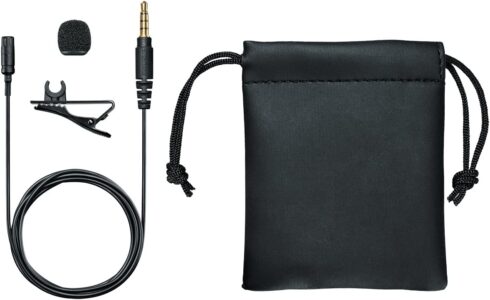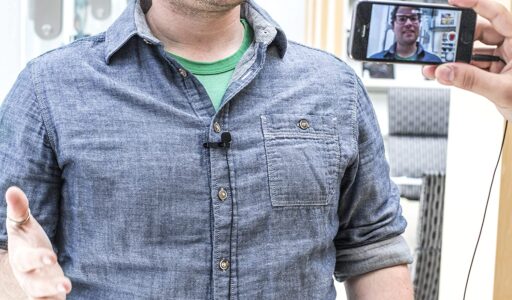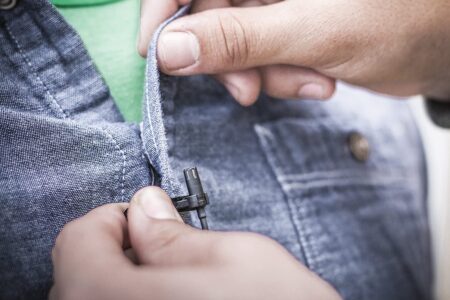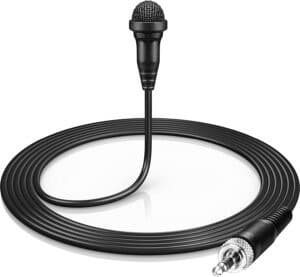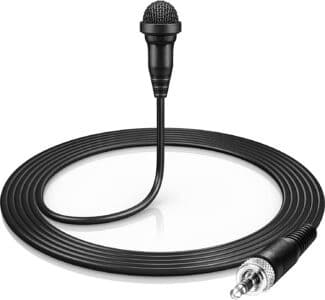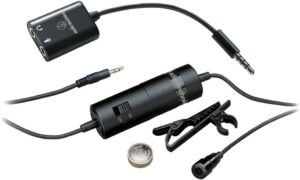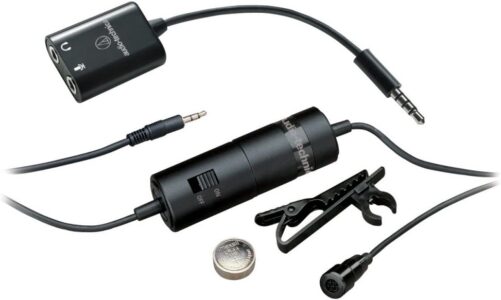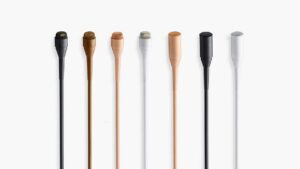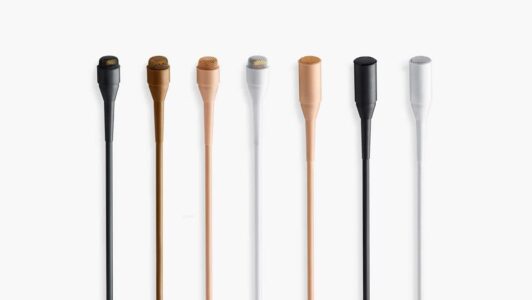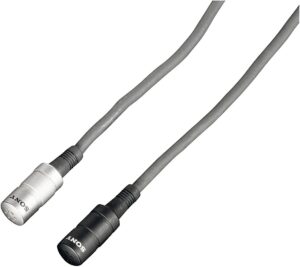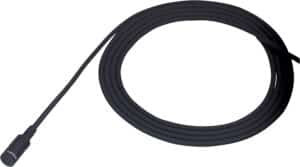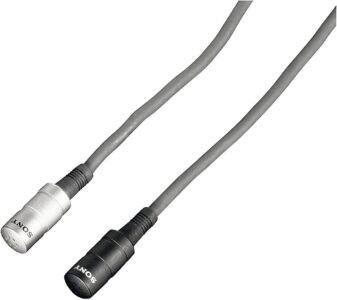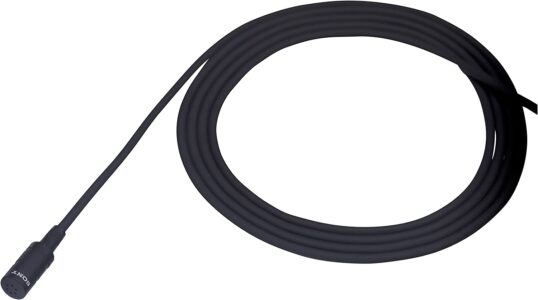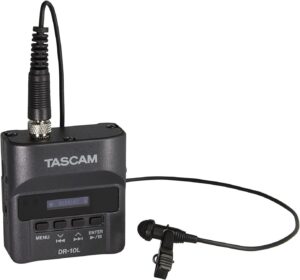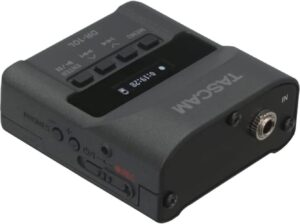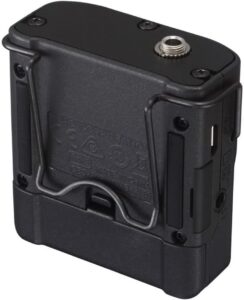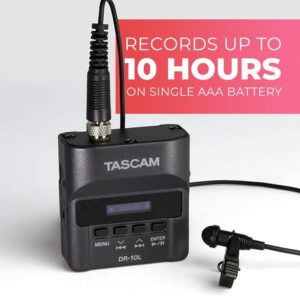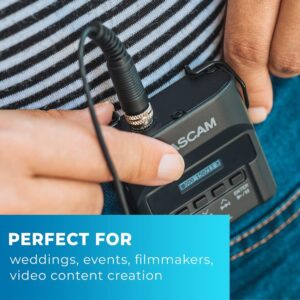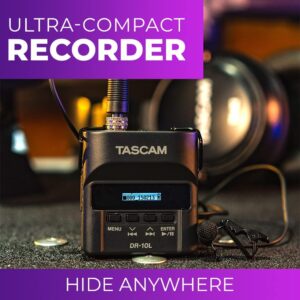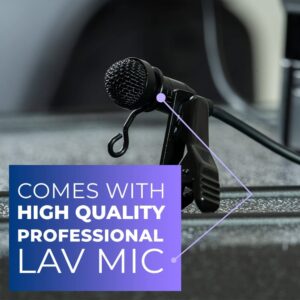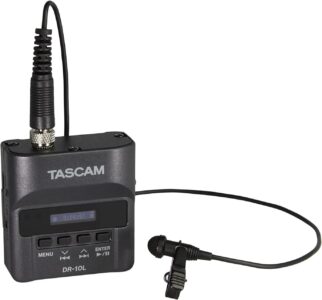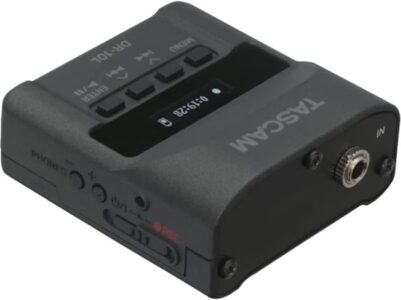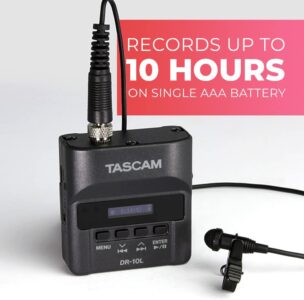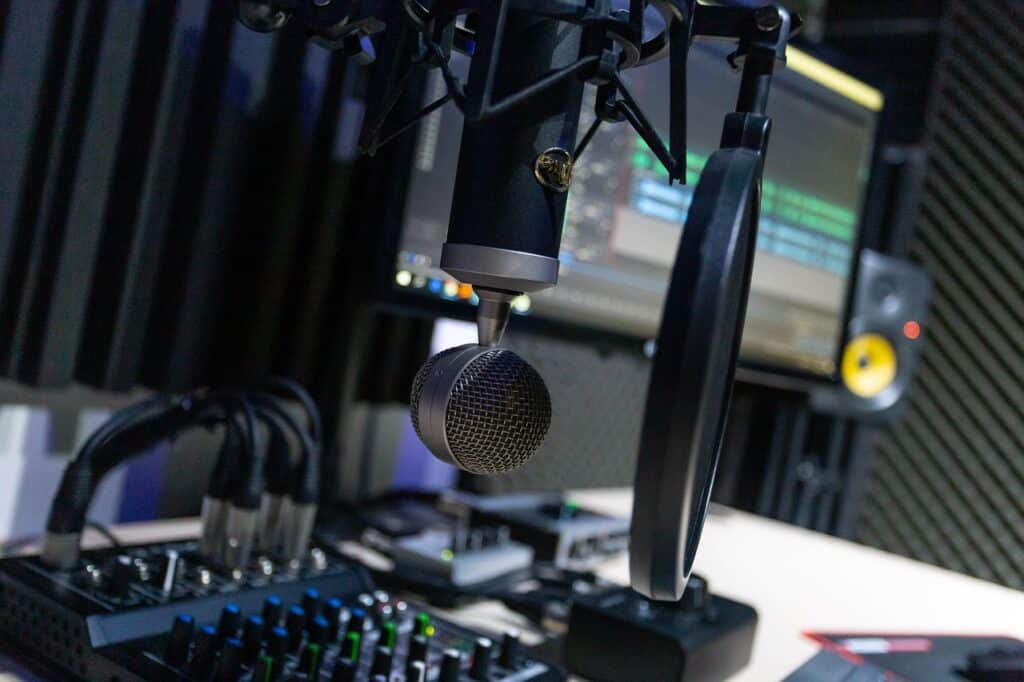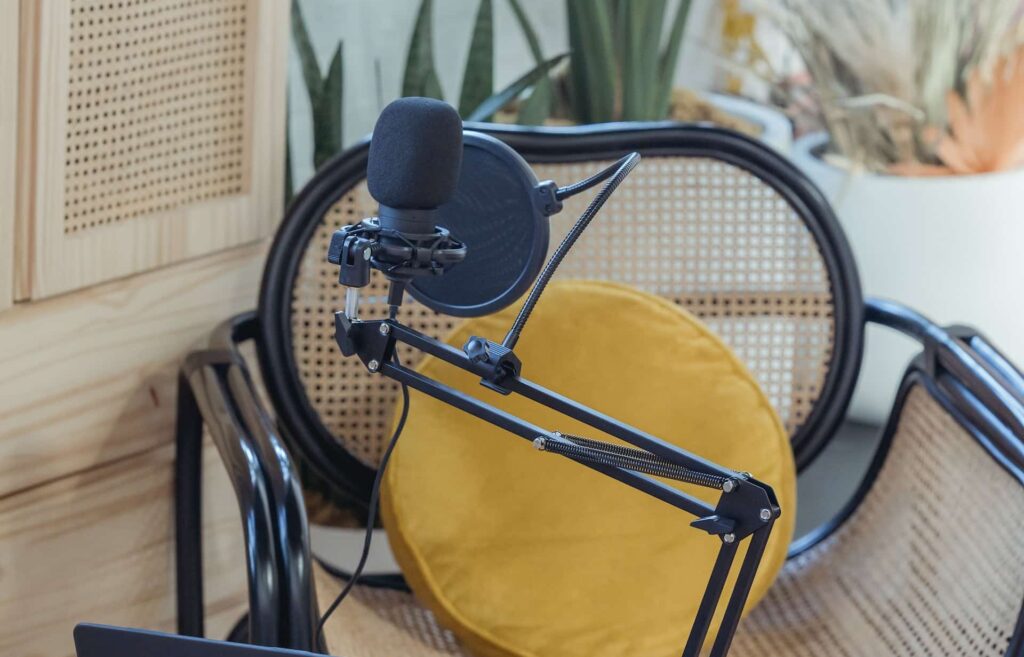The Shure MVL Omnidirectional Condenser Lavalier Microphone is a sleek, compact wearable microphone designed to deliver enhanced clarity in speech recordings across different settings. Its compact and clip-on design makes it unobtrusive, allowing for easy use on the go.
The Shure MVL performs exceptionally well in capturing vocal details. Thanks to its high signal-to-noise ratio, it ensures your voice is loud and clear even in environments with a high noise level. This microphone effectively filters out the noise, focusing solely on the primary sound source, ensuring optimal clarity and accuracy in your recordings.
The Shure MVL is the perfect tool for singers, podcasters, and bloggers, given its excellent vocal clarity. Its high-fidelity audio ensures that every word, whether sung or spoken, is captured precisely, making it a preferred choice for live performances and studio recordings. Its compact design makes it easy to use, whether you’re performing in front of a crowd, recording a podcast, or creating content for your vlog.
A key feature that makes the Shure MVL stand out from other lavalier microphones is its RF/GSM interference protection. This is a technology that minimizes the impact of mobile phone signals on audio recording, ensuring uninterrupted, clear sound. This is particularly important in today’s digital world, where mobile phone signals are everywhere.
However, despite its impressive features, the Shure MVL has a weak point: its audio cable. The cable is somewhat thin and fragile, requiring users to handle it with extra care to avoid damaging it. A more robust cable would make this microphone even better.
What do we love it for?
- Superior clarity in vocal recording
- Compact and unobtrusive design
- RF/GSM interference protection
What were we disappointed with?
- The audio cable is thin and fragile







